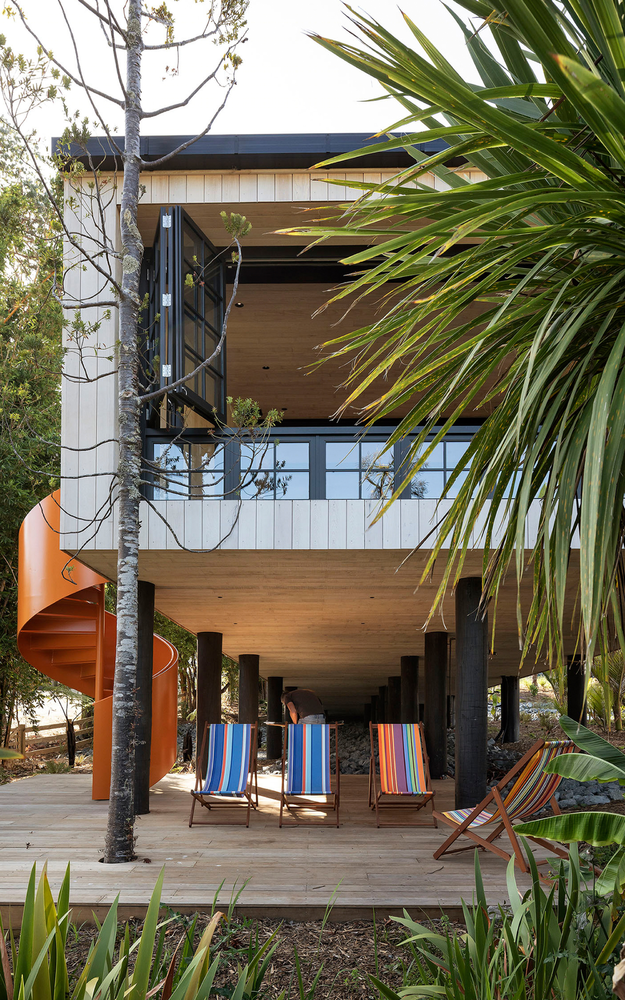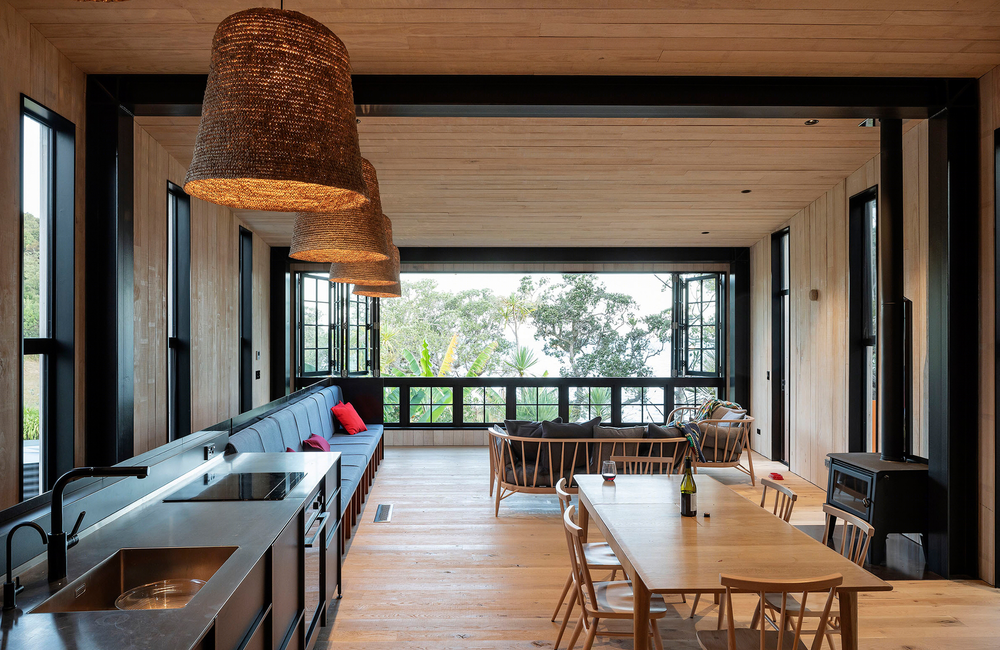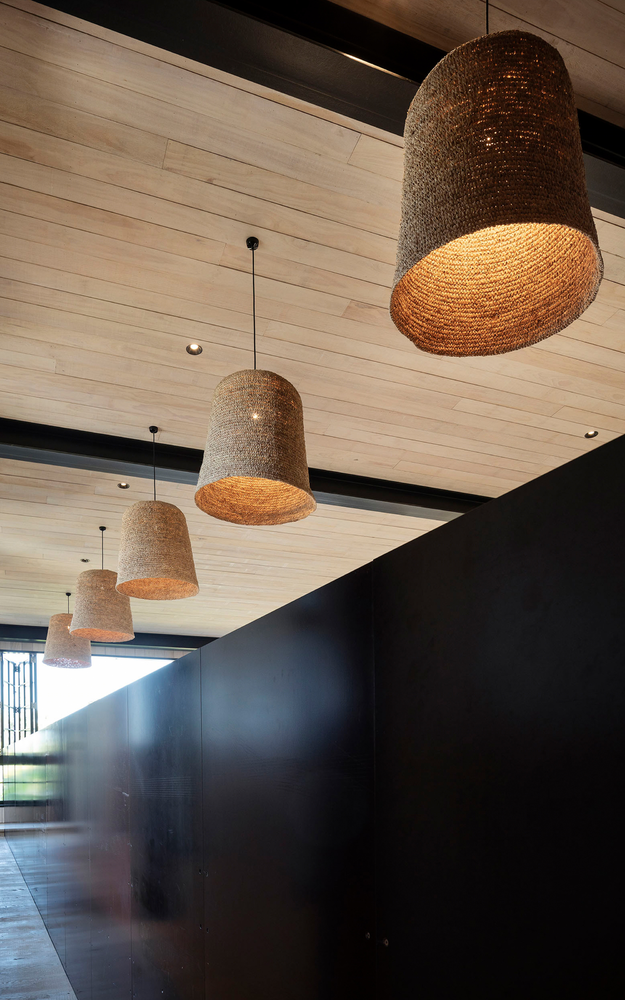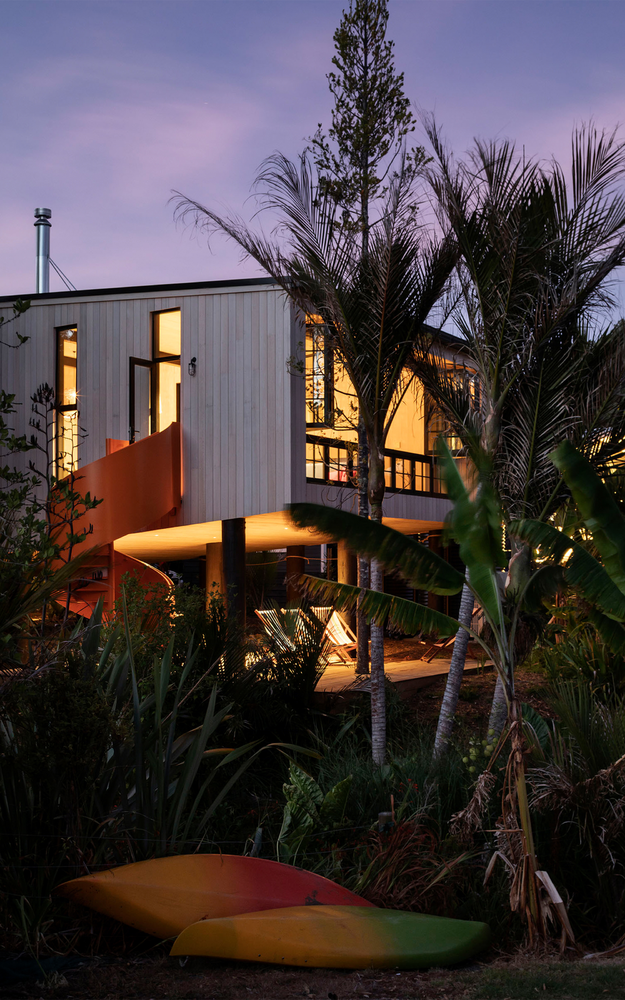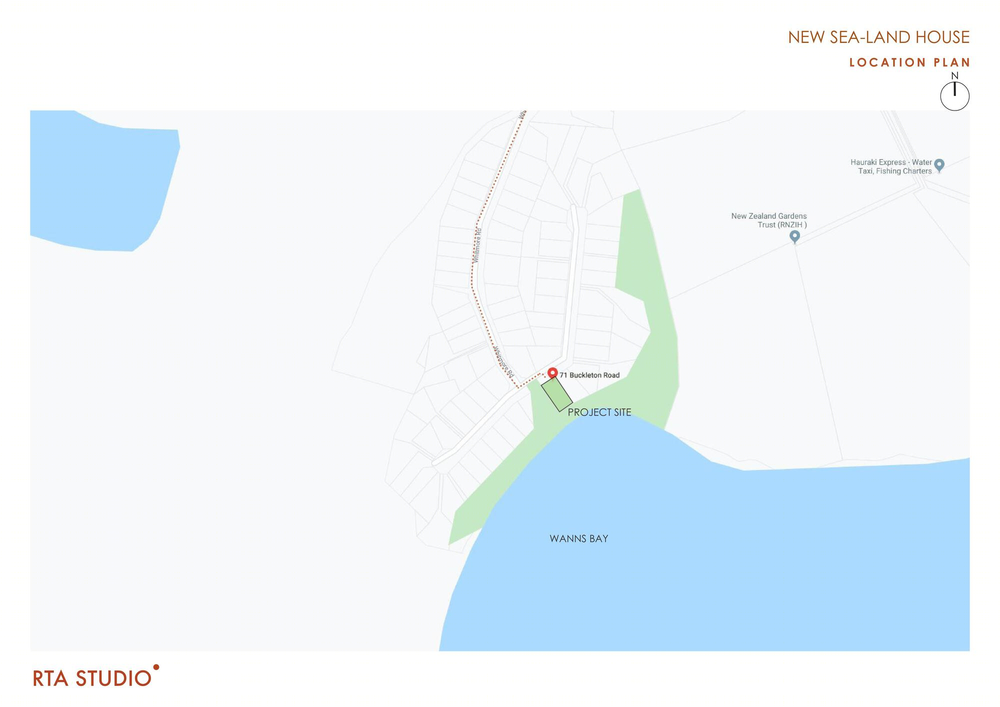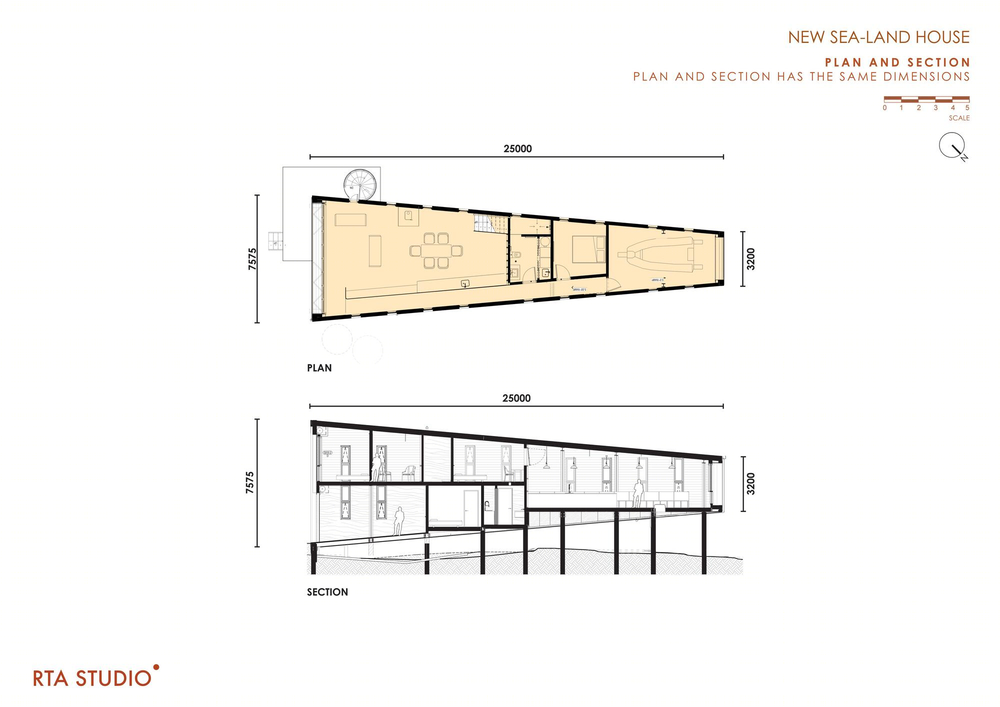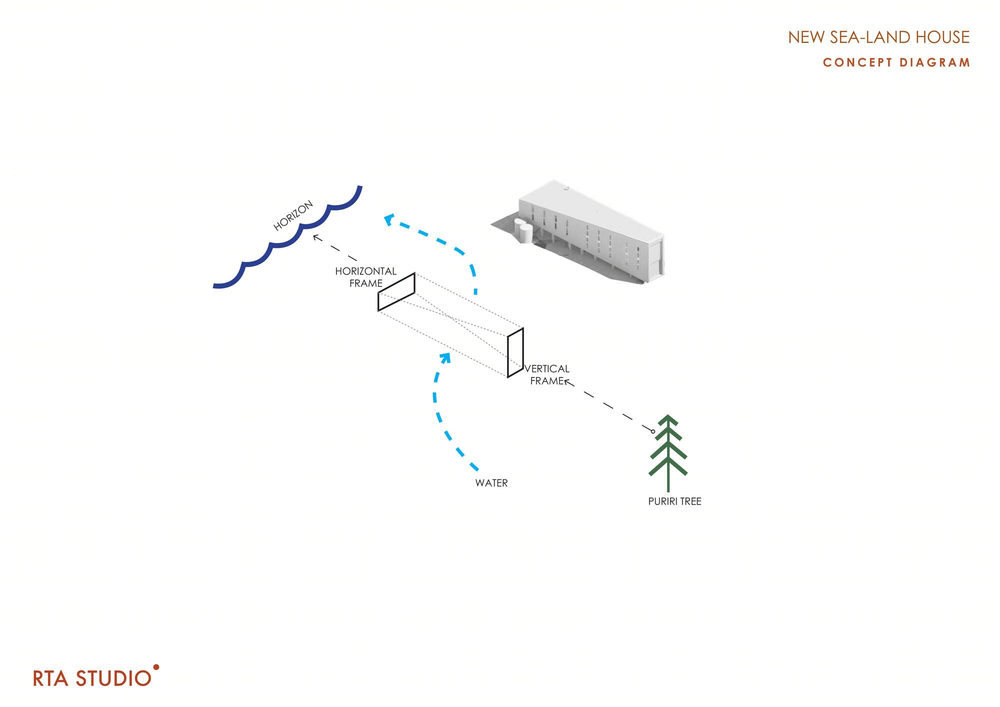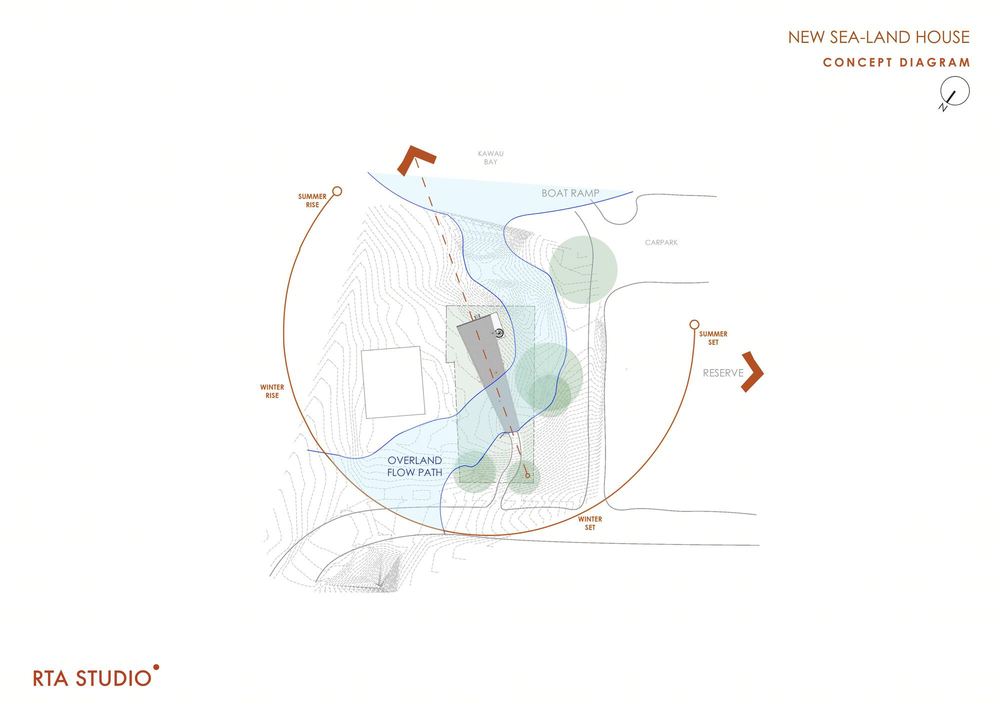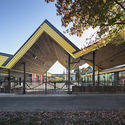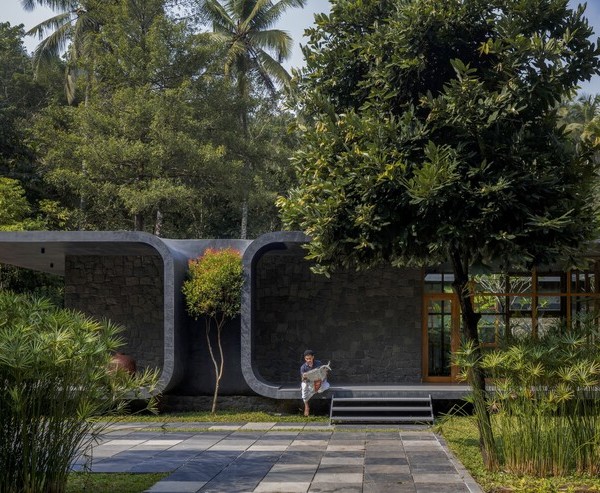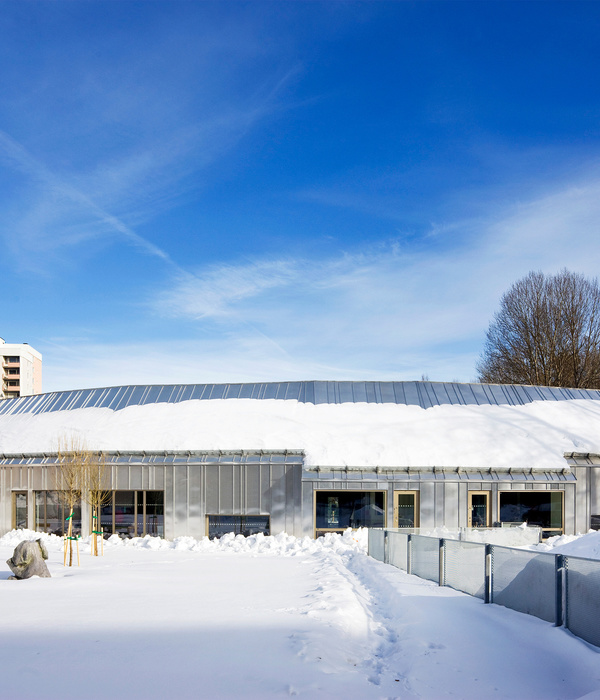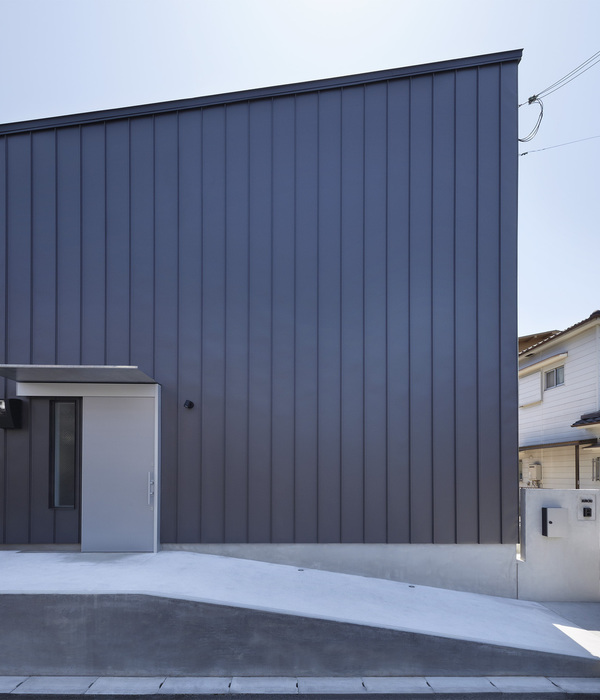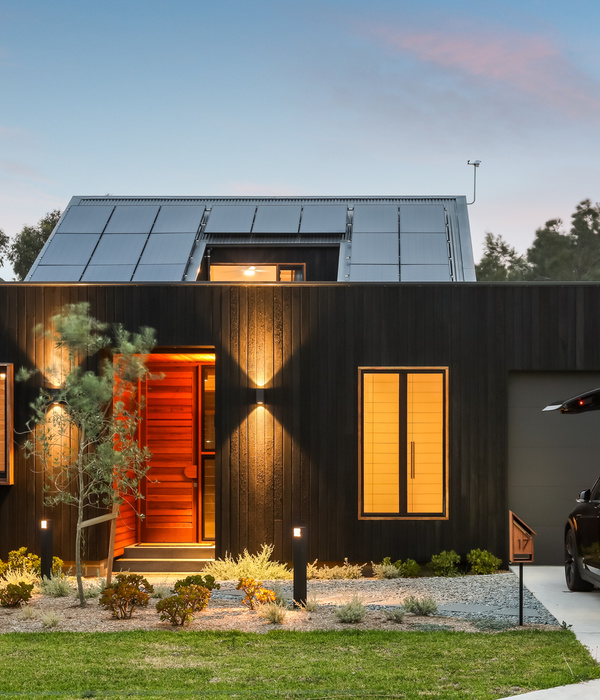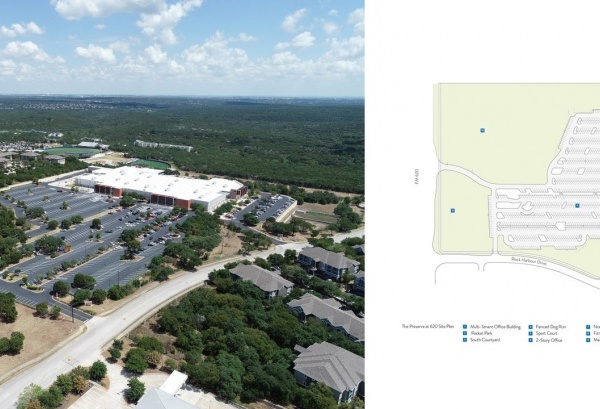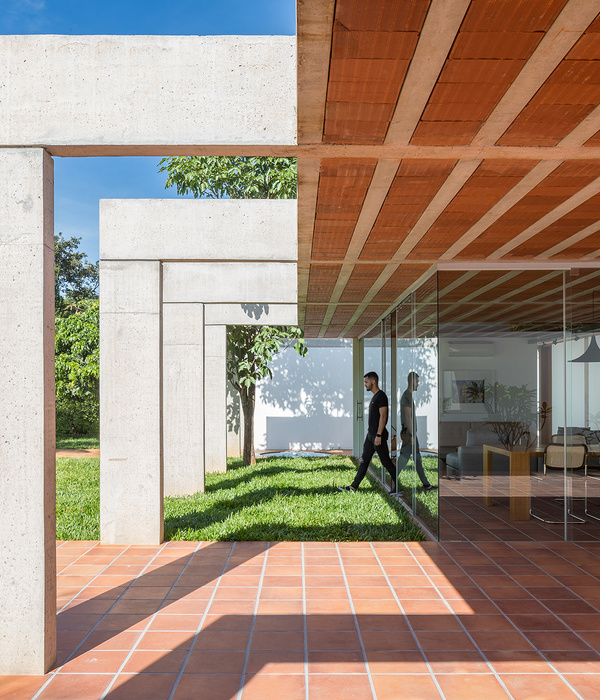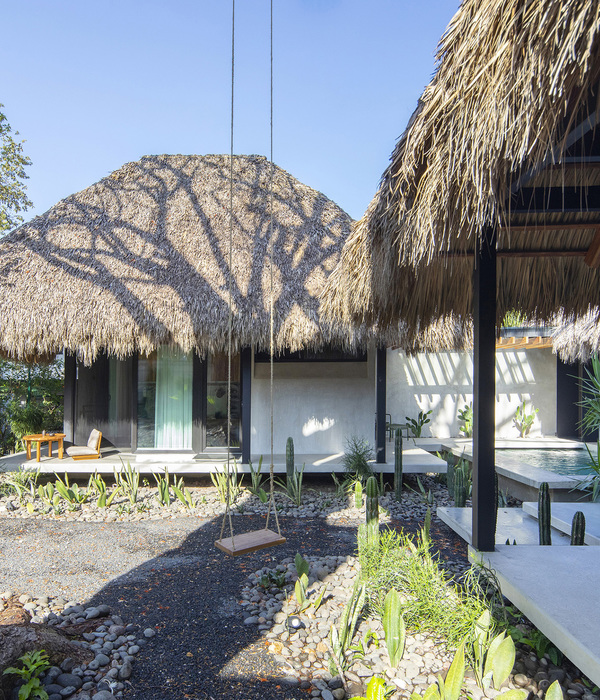Buckleton’s Boat Shed | 浮动式海岸别墅,应对气候变化的创新设计
This south facing coastal site is only 20m from the high tide mark and sits between 2m and 5m above sea-level with an overland flow path across the site that floods whenever there is significant rain. With sea-level rising and climate change bringing serve rain events at increasing magnitude and frequency, is it even sensible to build a house on this coastal site?
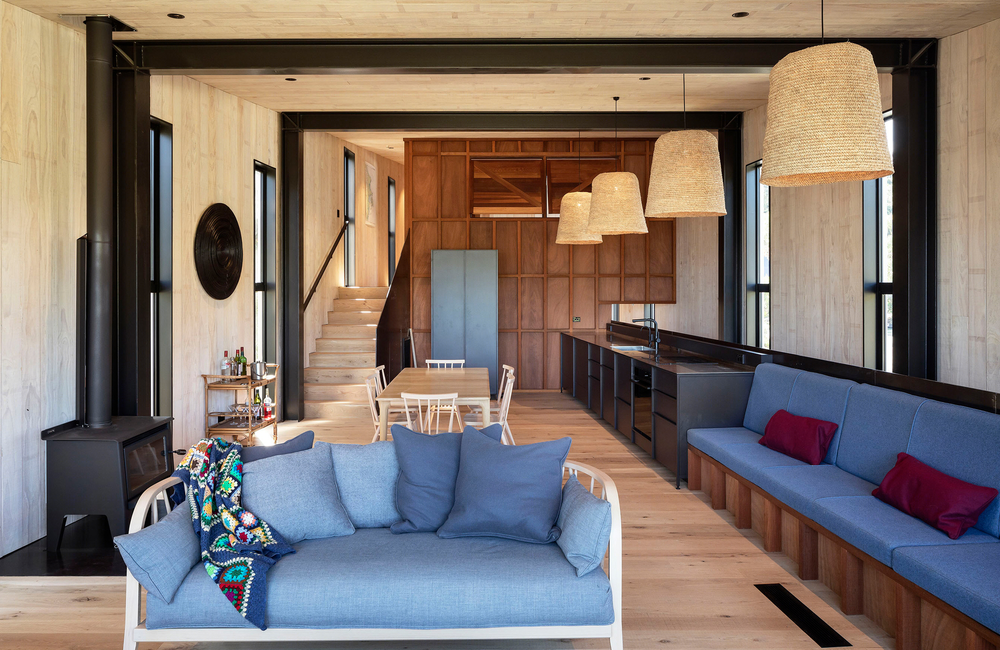
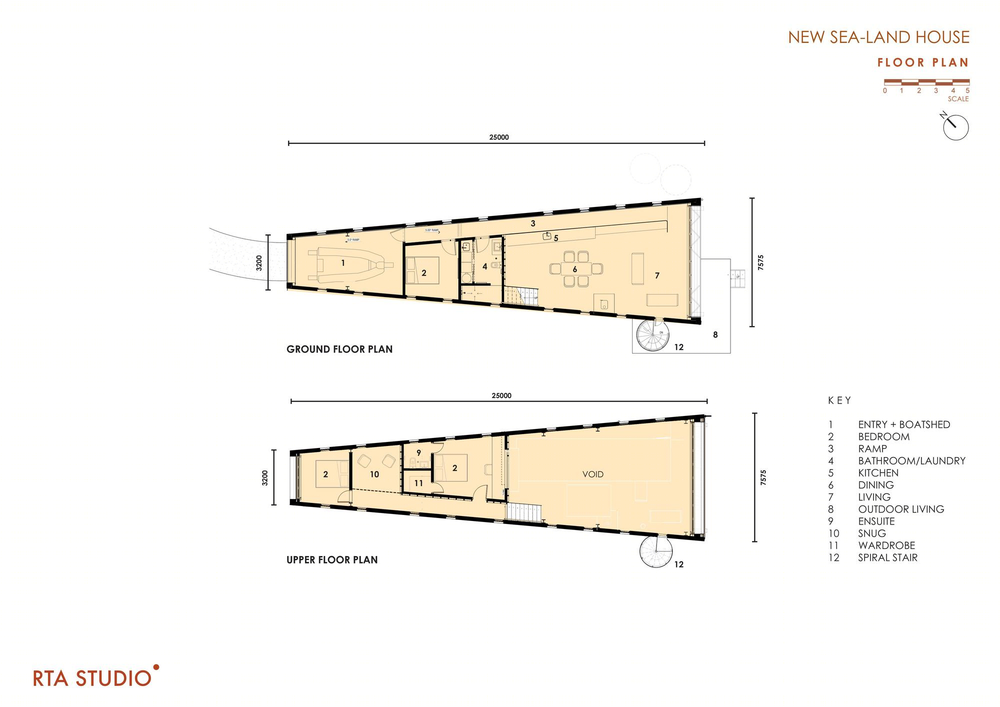
This provocation has inspired an experimental house project that engages in the act of building on our vulnerable coastline of New Zealand in this climate uncertain world.
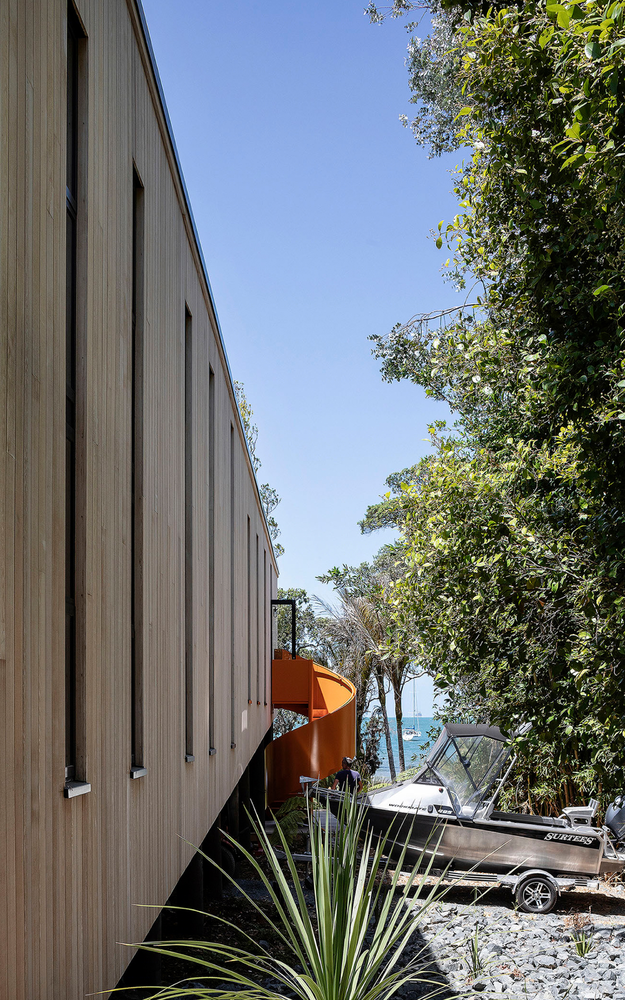

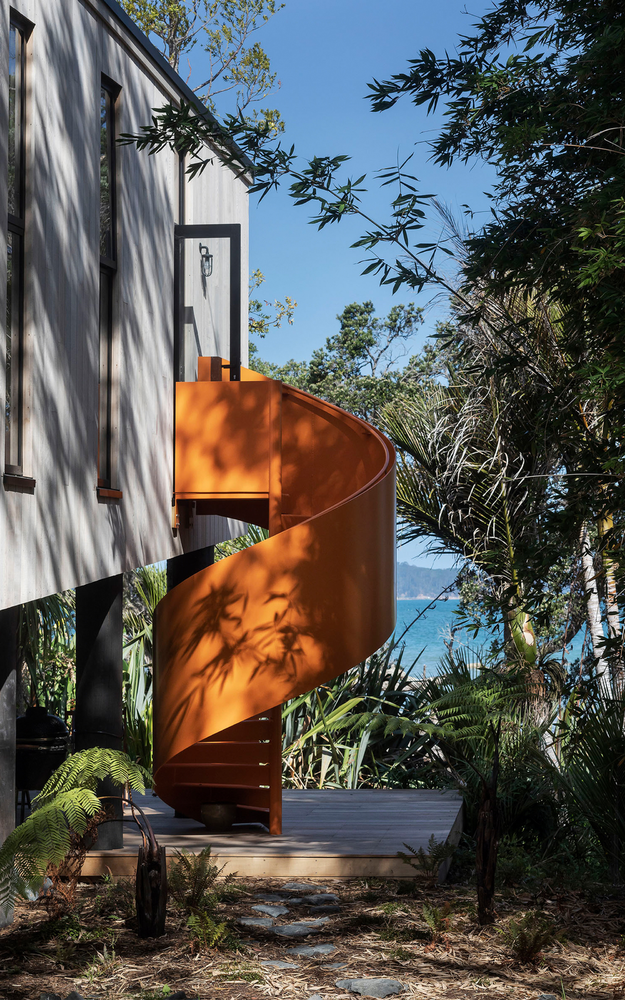
The overall composition is bold but simple and reminiscent of a boat or ark floating above the land. It sits on piles that extend 12m into the ground to resist coastal erosion from storm inundation, sea-level rise or overland flow. Occupation is not reliant on a static ground condition. A dry riverbed has been formed to control the flow path and native vegetation extends the natural landscape as a blanket under the house. Nature can alter the coastal environment below the house while occupation can continue for generations to come.

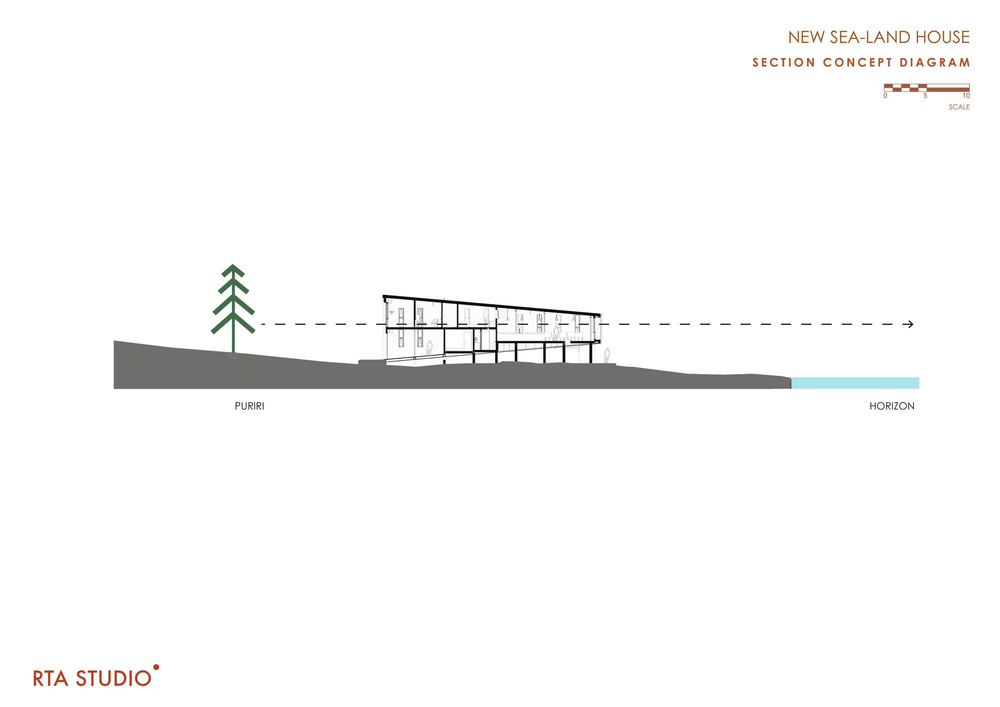
As is typical of the coastline of New Zealand - land is often contained by the native bush and then opens to the expanse of the ocean. The concept sought a form that was generated by the site constraints and opportunities for occupation; lifting off the ground for flooding, gently rising to the wide elevated view over the beach, touching the land lightly toward the road to receive a boat and controlling privacy from the public reserve and neighbours. The solution - 2 alternately orientated rectangles placed at each end of the site, one frame tall as the old puriri tree at the road boundary but as narrow as a boat and the other frame stretching wide like the horizon of the sea. Walls, floor and roof enclose the space between them forming an opposing rectangular cuboid.

▼项目更多图片

